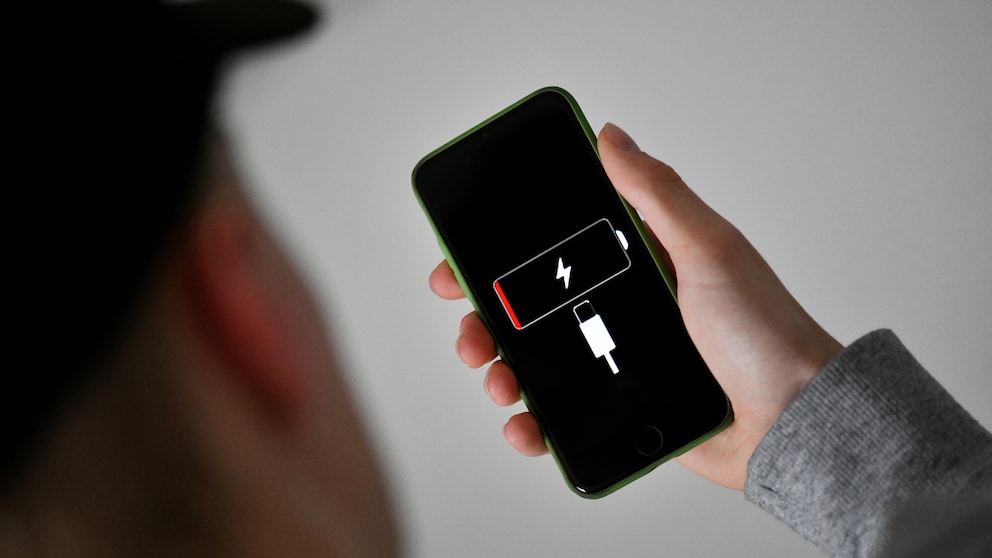February 8, 2025, 2:44 pm | Read time: 3 minutes
Is your smartphone battery displaying incorrect charge levels or suddenly switching off? Then, a calibration can help. Frequent charging and discharging cause the battery to lose precision over time so that the display no longer reflects the actual charge level. We explain how to calibrate the battery correctly – and when it’s better not to.
Some people are familiar with the situation: the cell phone battery has only just been charged when a large part of the charge level has already disappeared again. You can almost watch the percentages on the charge level display shrink more and more. The result: the smartphone barely lasts overnight. However, this does not necessarily mean that the smartphone battery is faulty. Rather, it is often due to a faulty display. Calibrating the battery can help in this case. But be careful: unnecessary calibration can shorten the life of a battery.
Overview
The Benefits of Battery Calibration
The battery is the heart of every smartphone, but its display can become inaccurate over time. A sudden shutdown despite a supposedly sufficient remaining charge or an incorrect display are signs that a calibration may be necessary. This is because lithium-ion batteries wear out over time. Because the smartphone software cannot measure the charge level directly but only “learns” from charging processes, it can happen that the display no longer accurately reflects the actual charge level. This can cause the smartphone to switch off unexpectedly, even though the display still shows a residual charge.
If the battery is completely discharged, the chip reports 0 percent to the operating system. If the battery is fully charged, it displays 100 percent. In this way, the chip learns the maximum battery capacity. However, due to frequent partial charges – i.e., when the battery is never completely full or empty – the chip can no longer determine exactly how much energy is still stored. It loses track, so to speak. As a result, the display may still show a 10 percent battery charge, for example, but the smartphone suddenly switches off.
Calibration enables the battery controller to estimate the actual charge level better so that the display provides accurate values again.
Battery Calibration: How It Works
Calibrating the smartphone battery is relatively simple. Apart from the cellphone and a charger, you don’t need any other accessories. Here’s how to do it:
- Discharge the battery completely: Use your smartphone until it switches itself off. If it can then be switched on again, repeat this step until it no longer starts at all. The battery must no longer contain any remaining charge.
- Charge the smartphone when switched off: Connect your device to the charger and allow it to charge fully until the display reaches 100 percent. Only then disconnect it from the mains.
- Restart and check: Remove the charging cable and restart the smartphone. If the display does not show 100 percent, plug it in again and charge it fully.
- Final restart: Disconnect the device from the mains again and restart it one last time. The battery display should then match the actual capacity again.

8 Mistakes That Destroy Your Cell Phone Battery

Almost everyone does it! This error destroys your laptop battery

Battery problems with Airtags? What you can do
When Should You Not Calibrate a Battery?
You should only calibrate a battery if the charge level display is actually incorrect. Completely discharging the battery can reduce its service life. If you regularly discharge the battery to zero percent, you run the risk of reducing the maximum capacity of the battery in the long term.

